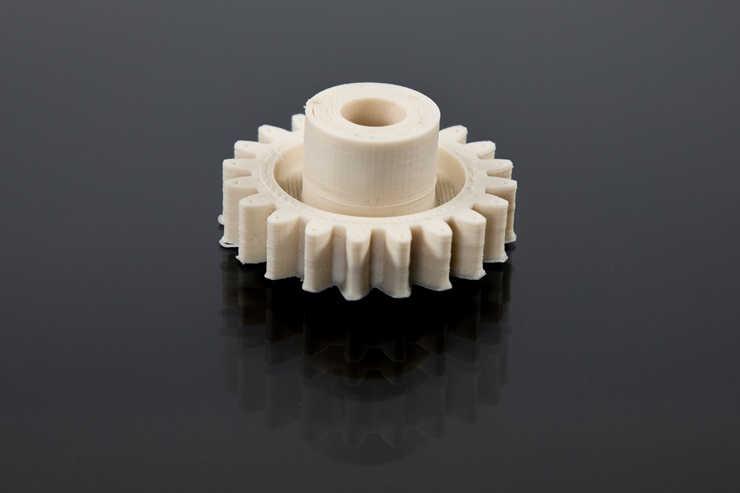PHB2Market
100% renewable high-value PHB-based composite materials Turning industrial by-products into added-value products
The ERA-NET project PHB2Market will develop 100 % renewable, high-value composite materials made of sustainable industrial by-products or biomasses using eco-efficient industrial biotechnology and chemical processes. We combine the bio-polymer polyhydroxybutyrate (PHB), cellulose nanofibers (CNF) and bio-based, multifunctional plasticizers (BMP) to create a fully biobased composite material with enhanced properties. PHB2Market composites will be an alternative to conventional petroleum-based polymers in various applications.
Step 1
Optimisation of biotechnological processes for a cost-effective conversion of industrial by-products and biomass into added-value products
The aims are:
- Bacterial synthesis of different PHB with tailored crystallization properties
- Enzymatic synthesis of high-strength cellulose reinforcements (CNF)
- Chemical synthesis of bio-based functional plasticizers (BMP)
Step 2
Combination of the raw materials to create high-value bio-composite material by compounding and subsequent conversion using injection moulding and 3D-printing
The following main properties are targeted:
- Improvement of the processability in injection moulding and 3D-printing
- Improvement of the weld-line strength for high-quality 3D-printing parts
- Reduced polymer chain degradation
- Improvement of impact strength up to 80 kJ/m² and elongation at break up to 10 %
- Preserving tensile strength (>25 MPa) and Young’s modulus (>1.5 GPa)
Step 3
Transformation of the newly-developed composites into the two demonstrator parts: a frisbee (consumer products) and gearwheel (spare part applications).
The aims are:
- Transfer of knowledge from DA2 into existing industrial processes, demonstrating the feasibility of industrial part production
- Production of demo parts using injection moulding and 3D-printing
- Validation of the substitution potential of PHB2MARKET composites
 Fraunhofer Institute for Chemical Technology ICT
Fraunhofer Institute for Chemical Technology ICT

